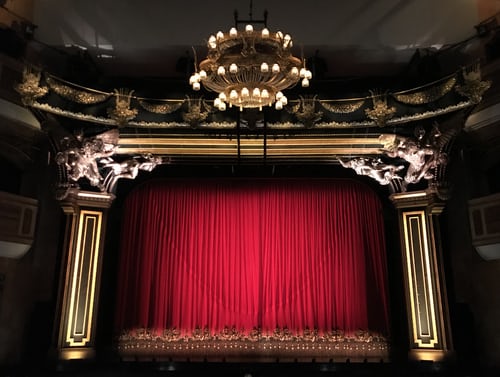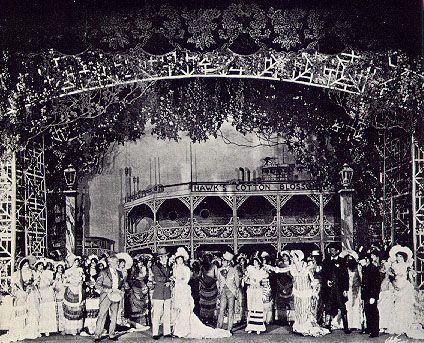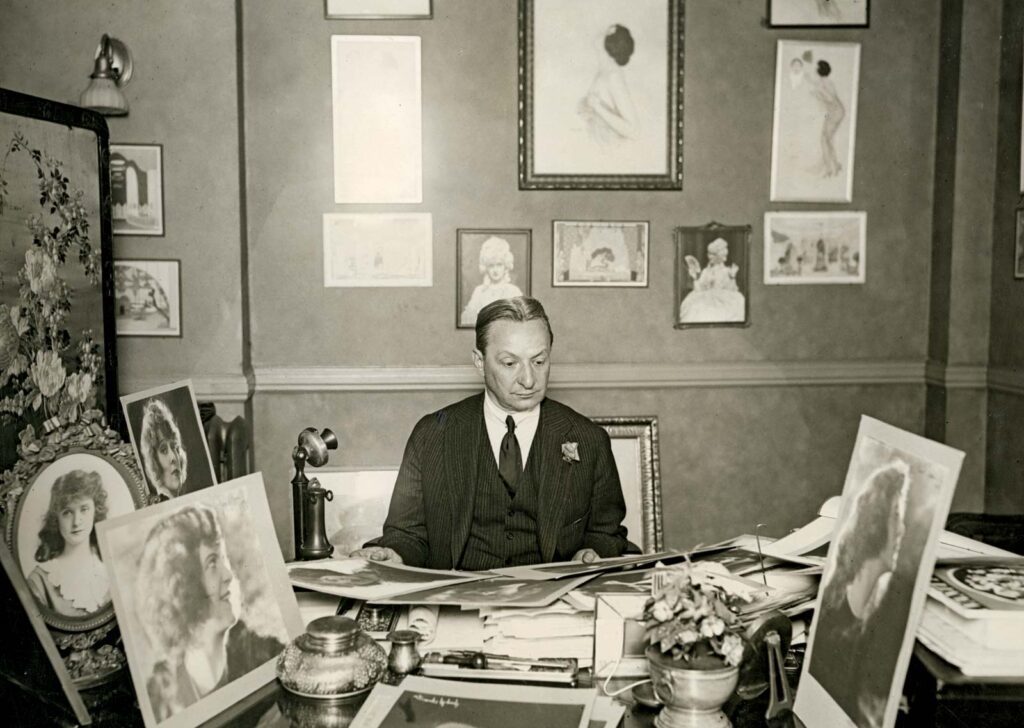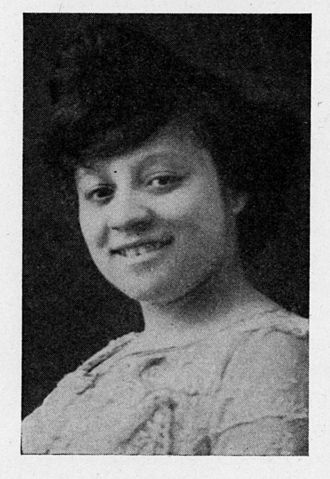Hello folks! This week we will be going back to Broadway in New York City, to find out how it continued to grow. Remembering that it had its ups and downs. Theaters burning down, riots between upper and lower classes. Wars closed it down. Musicals became the most popular show to see.
We now will delve into the early 20th century, where wars again will play a part, the Depression will leave people with empty pockets. Three brothers will swoop in and save the theaters, and still will be in charge today.
Please read on and enjoy, because who knows, “Life is a Cabaret!”
The Curtain Rises on Broadway Once More

Start of the century brought a big change. Lights were now illuminating the large theater signs. Colored bulbs burnt out to fast, so white lights were used. This is where the saying, “The Great White Way” came from. To have your play up in lights showed you had made it.
Broadways Musicals and Dancing Girls
The musicals of the Twenties, made their own rules. Moreover they tended to ignore the plot, and focus more on the big dance numbers and popular music of the time.
Florenz Ziegfeld, a musical producer of theatrical revues, brought ShowBoat to Broadway. Subsequently the show was so popular, it ran for 572 performances.

In addition to executing the number one show on Broadway, he was working on a production that would run from 1907-1931.


First, all girls were hand-picked by Ziegfeld himself. He was known to be quite an admirer of women. Second, was that in all the Follies, the costumes were over the top, and the sets very elaborate. Many a man came to these shows and fell in love with a Follies Girl.
All this made Mr. Ziegfeld a very rich man. Although he had a grand life, the Depression of the 30’s would leave him broke.
In addition to all the great staged performances, movies were drawing away patrons. Silent movies at first gave Broadway only limited competition. In general, people went to see the moving picture that had images but no sound. They were accustomed to the music, and excitement on stage. The colorful costumes. Although with talkies like “The Jazz Singer,” arriving, critics pondered if the cinema would out do the live theater altogether. Broadway must look how to reinvent itself.
The Depression and the Start of WWII
During the depression of the thirties, theaters struggled. People no longer had spare money for entertainment. Therefore the theaters would put on matinees, that were cheaper. Times were hard for everyone and some theaters closed. In addition, the actors, many who were out of work, finally decided to go to Hollywood where they could continue to act.
Broadway was able to weather the depression, and started to come back, but consequently WWII was on the horizon.
Times would be on the lean side again, but not as much as during the Great Depression. Soilders coming to town on leave had money to spend, and was eager for entertainment. As well as the white actors on Broadway, it was also when the African-American performers gained their recognition.
Cabin in the Sky, Native Son, and the most famous Porky and Bess, starring Abbie Mitchell Cook, played on Broadway. In fact more musicals would involve the African American actors after this.

During the war, one of the biggest hits on Broadway would be Oklahoma! running in 1943. With this production it would propel Broadway again to better and bigger heights.
Broadways Shubert Brothers. Their Show Still Goes ON!
Three immigrants, Lee, Samuel S. and Jacob J. Shubert; came to America, worked their way up through the theater system, and still is a force of nature there to this day. Born in the later part of the 19th century Samuel Shubert got cast in a small part in a broadway show, after arriving in America. From there he became a program boy, to assistant treasurer of the Grand Opera House. Sam had a very clever head for business, show business!

As with many families at the time, Samuel’s brothers backed up any work he did, by working in the same business. Lee was a bookkeeper for a couple of theaters, while the youngest brother Jacob had positions in two other theaters. They decided that by keeping their hands in many different theaters, one day they would have the biggest theatrical conglomerate in the U.S.
Their goal was coming into reality, as they gained more and more theaters in New York State. The brothers each held a different role in this business, Sam was the creative leader, Lee developed the business, and Jacob was the out-of town productions manager.
They worked hard and was respected as theater managers. They moved to New York City and acquired the Herald Square Theater. Working constantly, in ten years time they had bought ten theaters.
In 1901 they started producing their own productions. Their success seemed to be endless, especially with Sam at the helm. However in 1905 at the age of 30, Samuel Shubert died from injuries in a train wreck.
Lee Shubert stepped in and took the helm. By 1924 they had control of 86 theaters natonwide. They made 1 million dollars in ticket sales in a weeks time. Lee was also on he board of MGM.
With all the fame they were gathering they made a trust. They owned dancing schools, acting schools, and vast amounts of real estate.
They introduced to the stage such performer’s as the Marx brothers, Will Rogers, Jack Benny, and Al Jolson. Lee continued his part in the theater trust until his death in 1953. Jacob the last surviving brother, ran the business until he died in 1963. The Shubert Trust with the board of directors who run it, still are the driving force in theater, and Broadway. They decide what shows run and to which theater they run in.

During the 50s, 60s, and the 70s, Broadway lost some of its appeal, but nonetheless continued to survive.
In 1982, a “Save the Theaters” campaign was put in place to save some of the older theaters in the neighborhood from being torn down.
Today Broadway is one of the biggest draws for New York City, and continues to produce and run some of the best shows in theater.
Broadway has through the years always had a show running. It has had strong years, lean years, and years when fire would destroy hopes, but has always survived. It has never shut down completely from the start. Finally with everything that has happened on Broadway, it would take a worldwide Pandemic to turn off the lights of “The Great White Way.” No shows, no music, no acting, just silence. But alas as with everything, the pandemic is getting better and just a couple of months ago the lights on Broadway started to burn bright.
“Break a Leg” everyone and raise the curtain once more.

